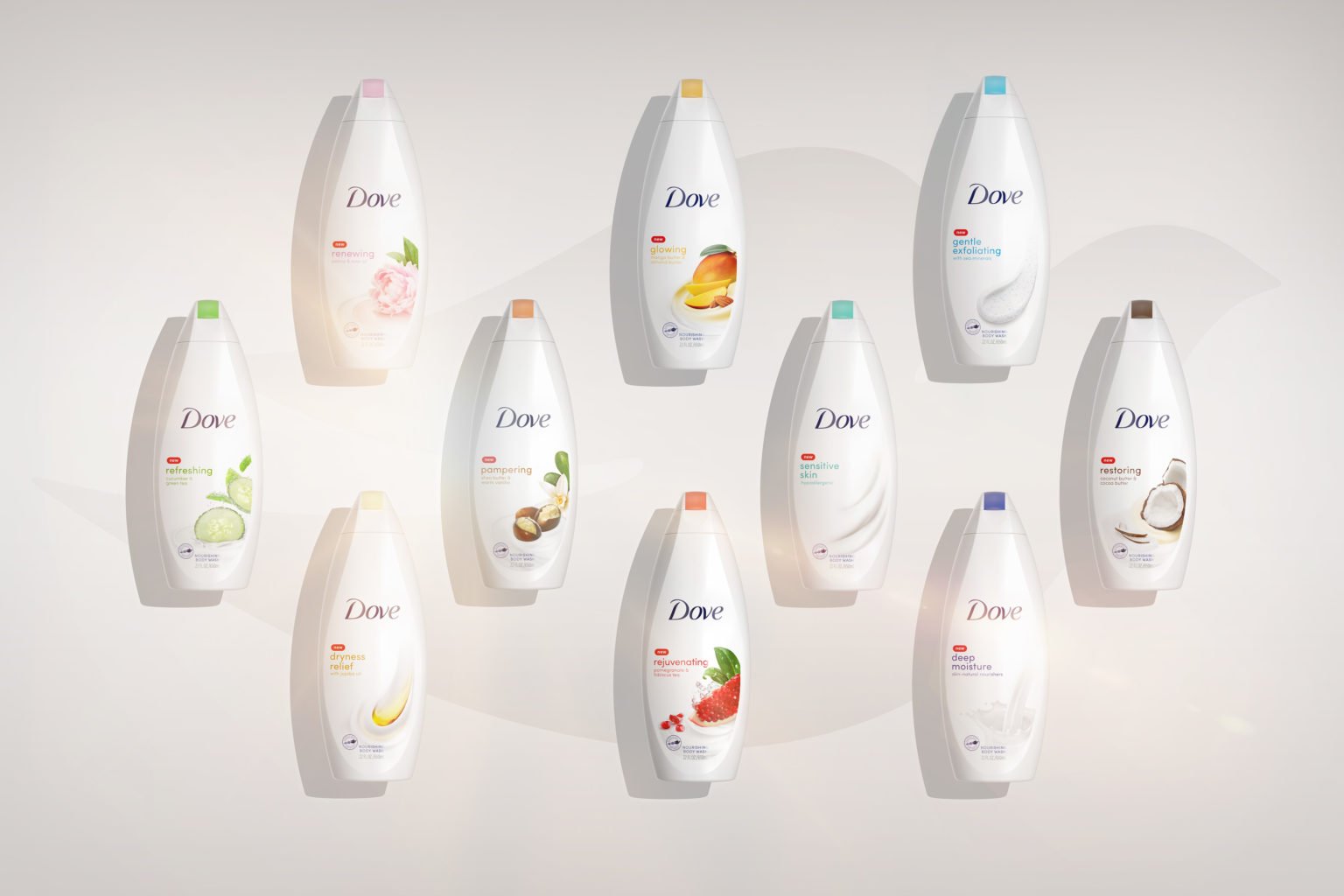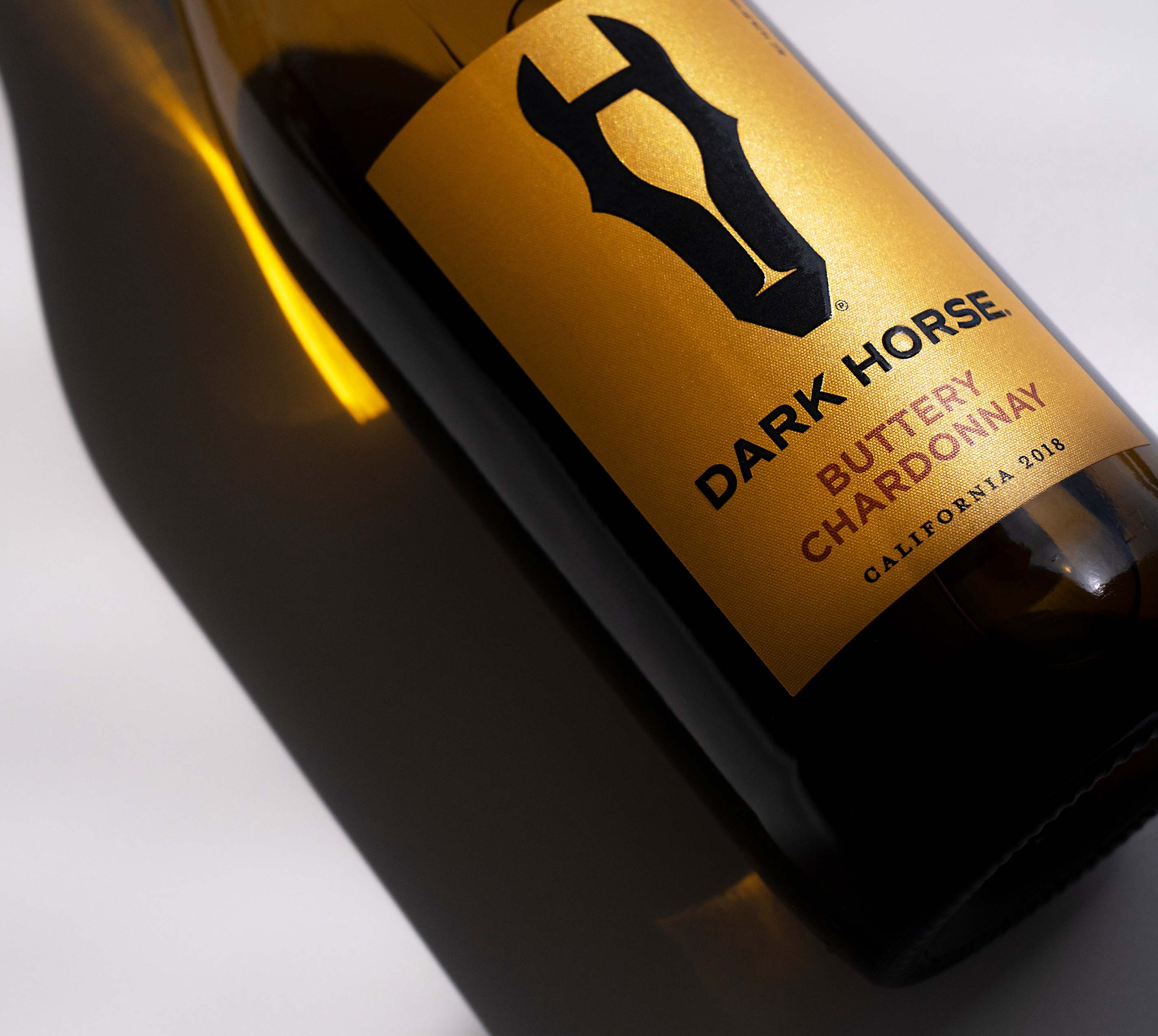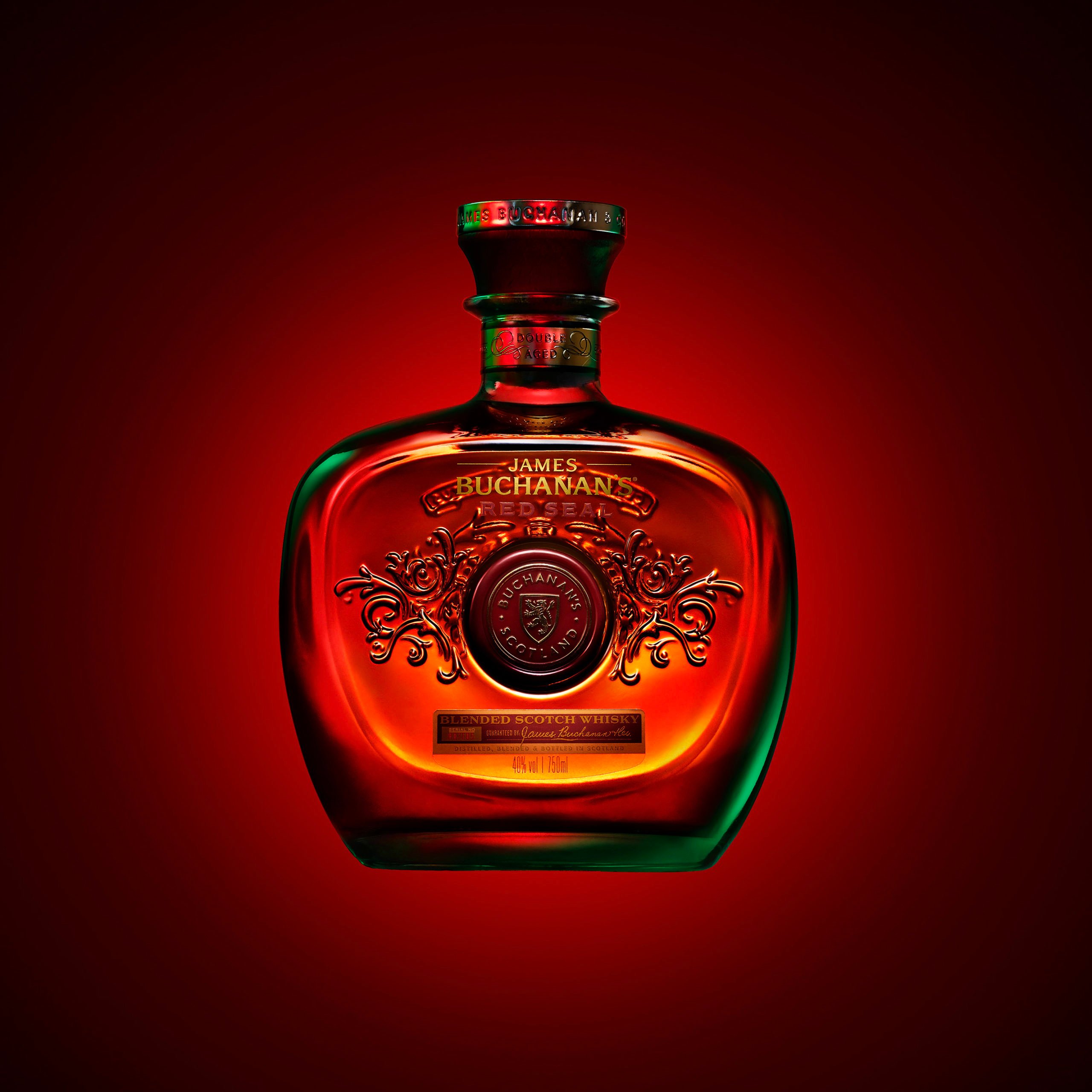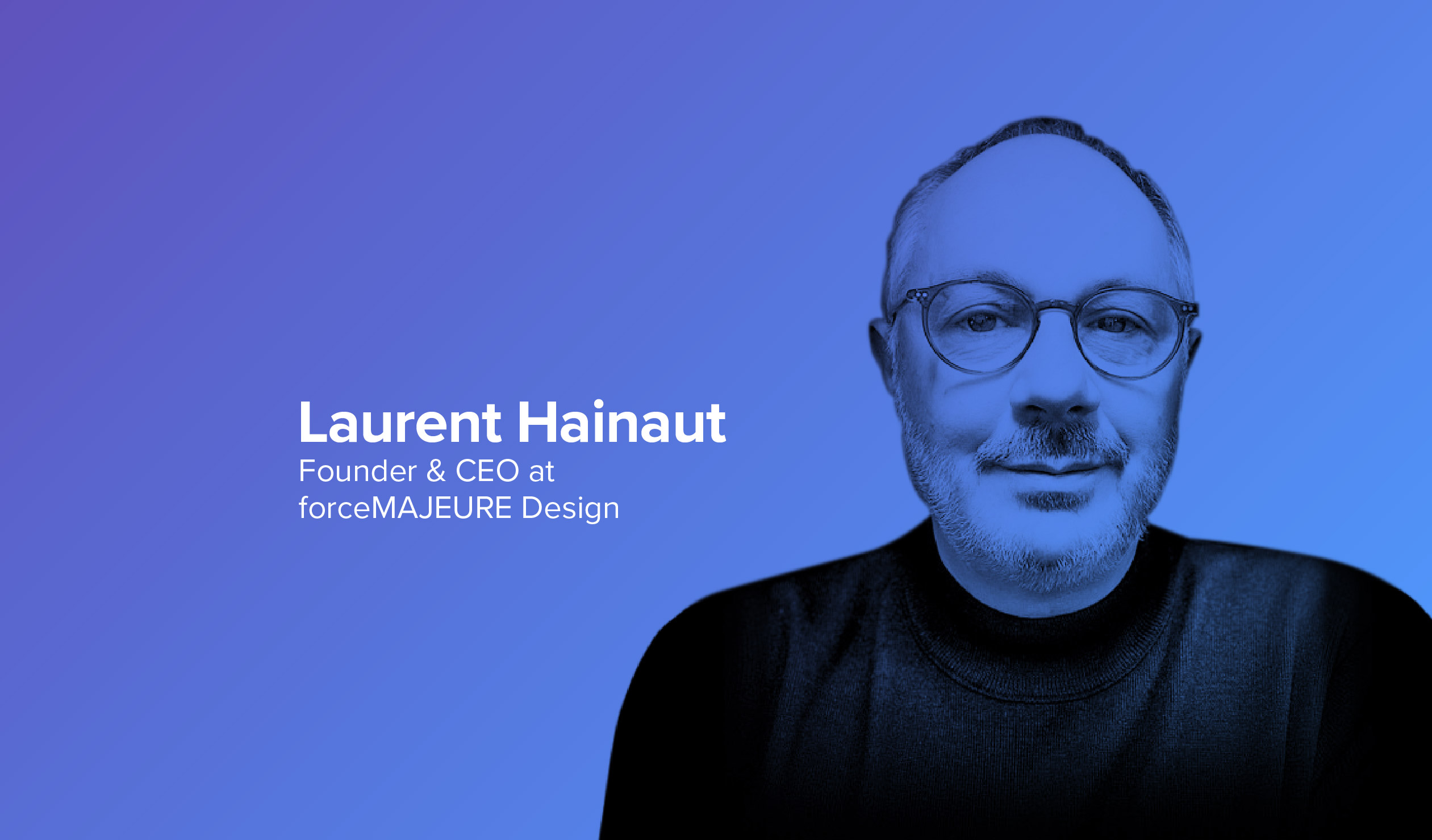As we talked with Laurent Hainaut, the founder and CEO of forceMAJEURE Design, something emerged that doesn’t always come up when talking about design and branding.
Joy.
“Post Covid, we need some joy in life. We need some joy in our brands,” said Hainaut. “And it's interesting, because many creative briefs from clients recently are bringing that dimension to life: What do we need to do to bring joy to people?’”
Hainaut is well-prepared to deliver a little exuberance to the world of CPG package design. Having spent 30-plus years in a variety of creative capacities including brand identity, merchandising, and package design, he has the benefit of both breadth and depth of experience. But the playful spark that inspired him to get into design—and to found his design firm, ForceMAJEURE, over 20 years ago—is still burning bright.
The creativity of his agency has attracted dozens of major brands (including Cîroc, Buchanan's, Don Julio, Dove, Rochas, Johnnie Walker, and more) that rely on ForceMAJEURE’s distinctive approach to branding. Hainaut describes it as the branding “tripod”—brand assets, brand attitude/behavior, and brand DNA—and this system has helped garner numerous accolades for the agency, including two Designalytics Effectiveness Awards in 2021 for their work with both Dove body wash and Dark Horse wines.

In this Spotlight Series conversation, we talked with Laurent about when data is valuable in the design process, how the pandemic has changed branding, advice he’d have for his younger self, and more.
What are you seeing as current trends in design and branding?
The last few years have been really difficult for everyone, so people want more fun in their lives. That’s given brands the opportunity to have more interesting, colorful, exciting designs.
It's not only about design, it's about how the brand could communicate differently and bring back celebration and fun. It can be really easy to get caught in the weeds and forget that a lot of people are just looking for more joy in their lives.
Also, disruption has changed the game recently. Obviously, in brand creation more so than for major brands, but it has really changed things for everybody. So as designers, we have to learn from the smaller, disruptive brands in order to get things rolling for the big ones.
What role does data play in your work with clients?
When a client asks me “What’s in a good brief?” I generally answer “A lot of insight.” Data is a part of that.
In order to do our job well, we need to have insights. Data is very useful when it is used as an insight on very specific elements of the process. On the strengths of design assets, for example, we need data and research. It can’t be the only way we think in the design process, but it is a very important and interesting part of it.

When do you think design research is helpful and when it is not helpful?
Design is there to solve a problem, not create one… and that’s exactly what good design does. It’s the same with data. At the right time and in the right circumstances, it’s very helpful.
If it comes in the middle of the design process, sort of saying “be careful of this, be careful of that,” it’s not helpful. But if it is included earlier with many other things around it, as part of a bigger picture, it’s fantastic.
Is there a brand you’ve worked on that you feel has performed exceptionally well?
We’ve worked with the Dove brand for the last 20 years, and that’s probably our biggest credential in CPG. I think we've done well there, not only by helping grow the brand immensely, but to impact views of what beauty means for women. A lot of things we worked on—the visual identity, the logo, etc.—were deeply rooted in that new beauty attitude, the anti-fake beauty idea, that Dove launched about 15 years ago. I’m very proud to have been a part of that.
The other brand was Buchanan’s scotch whisky. It is very rooted in history, and the brand DNA is strong. The interesting thing is placing this strong brand in different cultures, from Latin America and North America to Europe. You need to adapt through the brand attitude to be appealing in every country without touching the brand DNA and without touching, or just slightly touching, your brand assets. We’ve been able to find that balance successfully; immersing the brand in different cultures while staying true to the core of the brand.

You mentioned how we’re missing some joy in our lives we had prior to the pandemic. What brings you joy?
People. I never thought that I would forget how cool it is to just be with people.
We’ve been able to get together as colleagues and coworkers more recently. Thinking, joking, working, drawing… it has brought me a lot of joy that had been missing when we weren't able to do that.
To have all those people back in the office? I love it. I didn’t realize how much I’d missed it.
If you had 30 seconds to share some wisdom with the version of yourself from 30 years ago, what would you tell him?
You know, my background is as an industrial designer, not as a brand designer. In that role, I had hope early in my career that I could change the way people were interacting with objects. I see that happening now in what I do, and it’s super exciting. So I think I would say to myself: You have power to change things, so continue on the path you’re on and keep that mindset.
I would also say: Look at the impact of what you do. When I was trained as a designer, plastic was king. We know so much more now, but we weren’t looking enough at the impact of our work on the world back then.
What’s one thing you would tell CPG brands?
Stay responsible. I feel that we have a very important role in being very, very mindful of the consequences of what we do. Sustainability is one thing—that’s really a prerequisite in this space now—but it’s also a responsibility in social media, advertising and more. How do we make sure that what we deliver is not only relevant but responsible?




